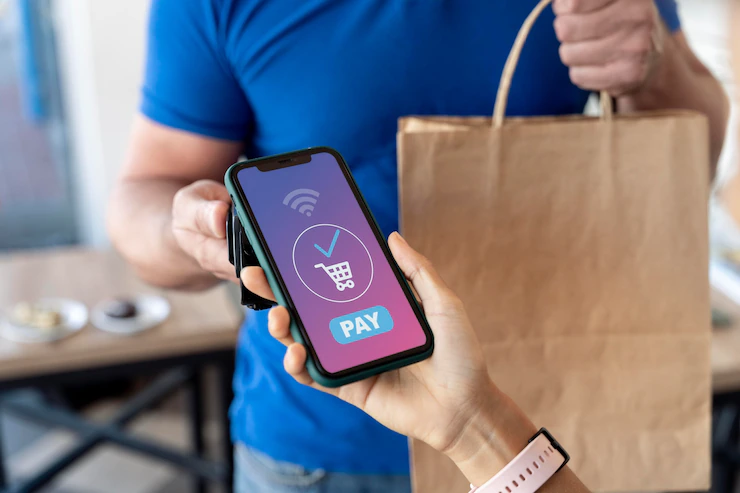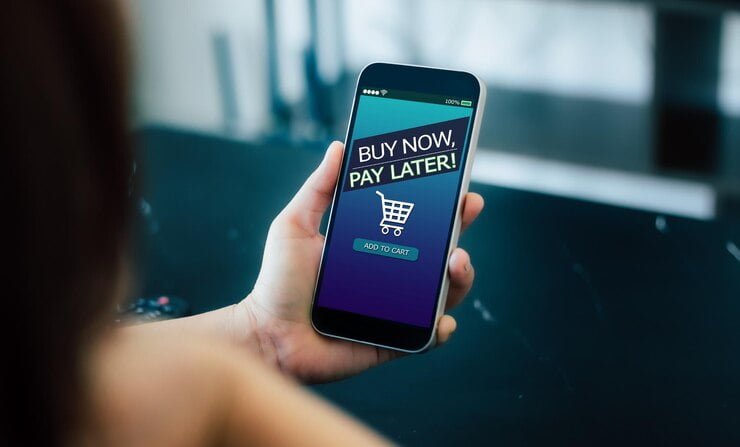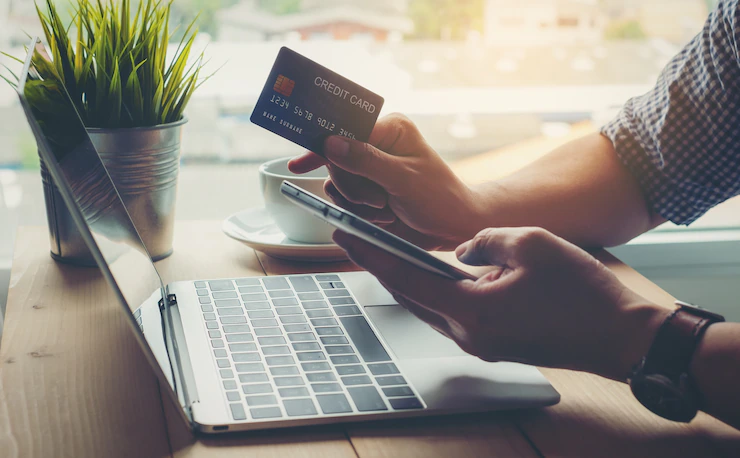5 Payment Trends For Growing Business
by Arnab Dey Business Development Published on: 11 August 2022 Last Updated on: 07 July 2023

Every business faces challenges when they are scaling or is engaged in development. As a business owner, you have to make a lot of decisions in order to choose the right growing vectors.
One of the primary concerns for any commercial project is payment trends and options that can provide a reliable infrastructure for financial success.
Top Payment Trends For Budding Business:

In this article, we’ll take a look at the top payment trends that will give your customers more control over their payments and will drive your revenue.
1. QR-Code Payments As A Simple And Effective Solution
If you think QR-code payments are a thing of the past, take a look at the statistics. Allied Market Research reports that the global market for payments via QR codes generated $8.07 billion in 2020 and is projected to reach $35.07 billion by 2030.

Impressive for such a simple payment method, right? What is the payment trends trick here?
QR code payment processing solutions have regained their popularity since the outbreak of the Covid-19 pandemic, proving to be a simple and effective contactless payment solution.
All a customer has to do is scan the QR code using the mobile app or built-in camera as an alternative to the usual credit card payment at the point of sale. Thus, QR code payments speed up the transaction process and increase digitalization.
There are several types of QR code payments: merchant-initiated, customer-initiated, and app-to-app QR code payments, which are possible using special payment apps. Whichever type you choose, you need to be well aware of the pros and cons of this payment method.
| Pros of QR code payments | Cons of QR code payments |
| ● Easy of use and implementation – doesn’t require special equipment as a smartphone with a built-in camera is enough ● Economic method of contactless payment ● QR payments are suitable for both retailers and online merchants ● Secure payment method since buyers don’t have to enter their credit card details | ● There is a possibility of fraud if a scammer replicates or fakes the data of a QR code to deceive merchants during a transaction ● Not always effective in preventing chargebacks. ● Requires more sophisticated technologies to implement chargeback feature |
2. Request-to-Pay Enables Payment Flexibility
RTP in the U.KRequest 2 Pay (R2P) in Europe, Request for Payment in the USA, and UPI payments in India are all kinds of payment methods where a payee can initiate a payment request from a payer.

The request usually comes to the user’s banking or fintech app, and the payer can approve or reject it in real-time. This format gives more freedom to all participants in the payment process.
Payers get better visibility of their cash flow and full control over payment management. Merchants have the ability to communicate directly with buyers and receive the payment trends for 2022 in real-time, improving the invoicing process and reducing bounced payments. Finally, banks enhance the user experience by providing a new alternative payment option for businesses and consumers.
Request-to-pay allows parties to communicate about payments since, in fact, it is a messaging framework with payment features. Combined with open banking, which is one of the top fintech industry trends, RTP is a promising tool for both individuals and businesses.
| Pros Of Request-To-Pay | Cons Of Request-To-Pay |
| ● Flexibility for all participants in the payment process ● Greater control in managing payments (full payment, partial payment, reminder scheduling) ● For businesses, RTP reduces the risk of failed payments and the time spent tracking them down ● When combined with open APIs, RTP enables instant payments between different accounts | ● Possibility of intrusive behaviour from merchants since there are no built-in limit on the number of payment requests ● Fraud risks due to the lack of messaging standardisation. |
3. Buy Now Pay Later (BNPL) Opens New Revenue Opportunities
How often do you lose customers who cannot pay the full price of the purchase right away? The Buy-Now-Pay-Later concept helps to avoid this by allowing buyers to pay for their purchases in the future by evaluating the present b2b payment trends.

This can be thought of as a microloan, but in essence, the BNPL requires the buyer to make an upfront payment and then pay the remainder in a predetermined number of installments. Companies often don’t even charge fees for this because this payment option allows them to increase the number of sales of expensive goods like furniture or jewelry.
Buy-Now-Pay-Later provides a great customer experience because it helps companies build customer loyalty. Consumers, in turn, can better manage their budgets and plan for larger purchases.
| Pros of BNPL | Cons of BNPL |
| ● A convenient and flexible way to pay for expensive goods ● Frequently zero-interest or lower interest than credit cards ● Fast approval compared to loans ● Doesn’t affect consumers’ credit score | ● Additional efforts are needed to create a payment tracking system ● Probability of late payments ● Difficulties with stopping payments in case of chargebacks |
4. Сrypto Payments Help Attract New Audiences
Speaking of digital payment methods, we cannot skip crypto payments. Already in 2020, one-third of small businesses accepted cryptocurrency as a means of payment, according to HSB research, and the number of such companies is growing every year.

Such giants as PayPal, Starbucks, and Etsy have introduced Bitcoin into circulation among their customers for some time now. Despite its volatility and the constant ups and downs in the market, cryptocurrency continues to confidently take its place in the modern financial world, and businesses cannot ignore it.
Adopting crypto allows brands to reach younger audiences, keep up with competition and meet customer demands. A study by BitPay Merchants found that merchants who accept payment trends and crypto payments easily attract new customers and drive sales. In particular, about 40% of customers who pay with crypto are new to these companies.
| Pros Of Crypto Payments | Cons Of Crypto Payments |
| ● Growth of the audience due to crypto enthusiasts ● A business can not only accept crypto payments but also hold crypto, which can potentially increase its value over time ● Improving the customer experience through a variety of payment options ● Cheaper transactions | ● Frequent changes in crypto technologies and regulation ● High volatility ● Implementation challenges such as tax preparation and customer refund management |
5. Pay-by-Link Makes Payments Seamless
Pay-by-Link is another cost-effective payment option that can streamline your workflow. Within this concept, merchants can create a custom link and send it to the payer through text messaging, social media, email, or another messaging platform. The link then takes the payer through to their preferred payment gateway.

The new payment trends like PayPal use this method in its PayPal. Solutions on, which allows users to create a payment link and share it with others. Basically, Pay-by-Link is a great addition to Request-to-Pay for simple real-time payment requests. Customers don’t need to enter their billing information or set aside time to pay bills; with Pay-by-Link, they can make payments on the go with a few clicks.
| Pros Of Pay By Link | Cons Of Pay By Link |
| ● Online payments without the need for a dedicated digital infrastructure ● Fast and flexible payments for payers and businesses ● Easy way to accept international payments ● Payment link systems often provide merchant dashboards to track the payments in real-time | ● Some payment link providers are expensive, but you can opt for custom software development and save money, in the long run, |
Wrapping Up:
The right pricing for the payment trends and strategy and a variety of payment methods affect the success of a growing business. Until you get to the top, extending your customer base and improving your customer experience is the number one challenge to keep up with.
That’s why it’s so important to meet the needs of your customers and implement modern technologies to stay ahead of the competition. Define your goals, study your audience, and choose the most effective solution that will allow you to grow in your chosen direction.
Read Also:



































































































